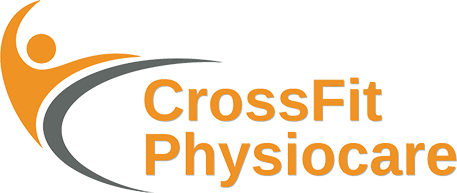
Gait Training
Gait training is a type of physical therapy that focuses on improving an individual’s ability to walk properly and safely. It is often used as part of rehabilitation programs for people who have experienced injuries, surgeries, neurological conditions, or other mobility impairments that affect their walking patterns. The goal of gait training is to enhance mobility, stability, balance, and overall walking efficiency.
Here's what you need to know about gait training:
- Assessment: Before beginning gait training, a physical therapist will assess your walking pattern (gait) to identify any abnormalities, weaknesses, or imbalances. They will also consider your medical history and any specific limitations you have.
- Individualized Plan: Based on the assessment, the physical therapist will develop an individualized gait training plan tailored to your needs and goals. The plan will address your specific challenges and focus on improving your walking mechanics.
- Exercises and Activities: Strength Training: Exercises to strengthen muscles necessary for walking, such as those in the legs, hips, and core.
Balance Training: Activities to improve your balance and stability, which are essential for safe walking.
Flexibility and Range of Motion: Stretches to improve joint mobility and flexibility, allowing for a smoother gait.
Coordination Exercises: Activities that promote proper timing and coordination of movements during walking.
- Assistive Devices: Depending on your needs, the physical therapist may introduce or adjust the use of assistive devices like canes, walkers, or orthotics to improve your gait.
- Gait Analysis: The therapist may use video analysis to study your gait in detail. This can help identify specific areas of improvement and track progress over time.
- Step-by-Step Progression: Gait training often follows a gradual progression, starting with simple exercises and gradually advancing to more complex movements as your strength and coordination improve.
- Feedback and Guidance: The physical therapist provides feedback and guidance on proper walking mechanics, foot placement, stride length, and posture.
- Monitoring and Adjustment: Throughout the training, the therapist monitors your progress and adjusts the plan as needed to optimize results.
- Home Exercises: The therapist may provide you with exercises and activities to practice at home to reinforce what you learn during sessions.
Gait training can benefit a wide range of individuals, including those recovering from surgeries (such as joint replacements), stroke survivors, individuals with neurological conditions, and people with musculoskeletal injuries affecting their ability to walk.
It’s important to follow the guidance of your physical therapist and commit to the exercises and strategies they recommend. Consistency and effort are key to achieving improvements in your walking pattern and overall mobility.
- Daani Plaza E-595-596, 4th Floor, Ramphal Chowk Rd, Block E, Sector 7 Dwarka, New Delhi - 110075
- +91 99996 26251
- support@crossfitphysiocare.com
How can we help you?
If you are looking for the best and nearest physiotherapist, then click below to message us on WhatsApp.
